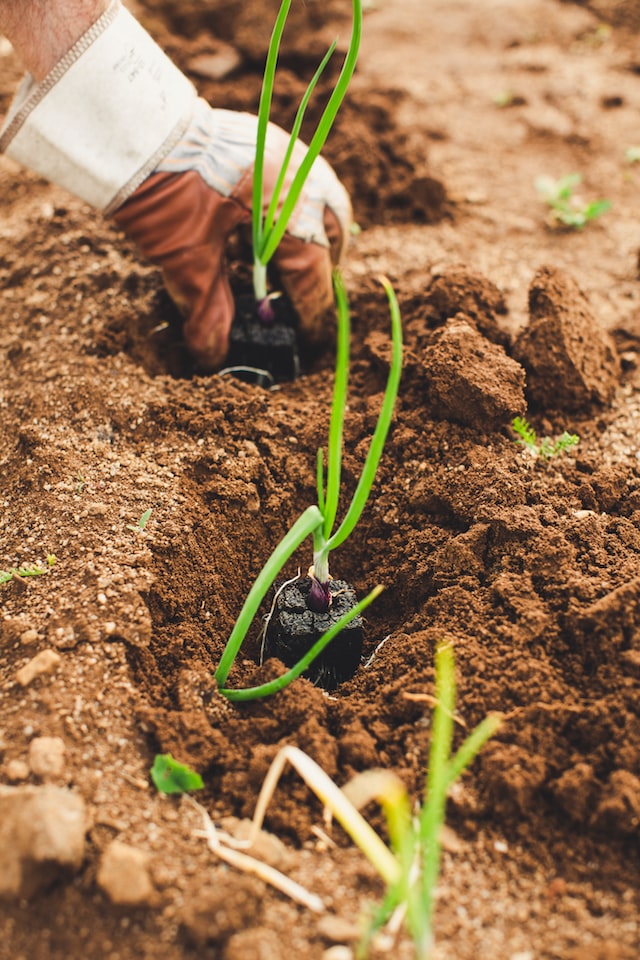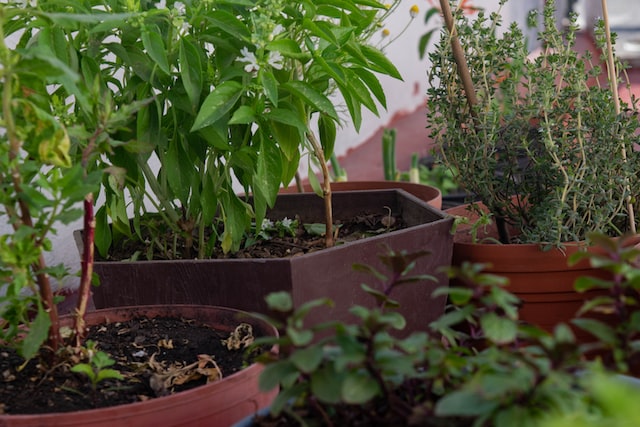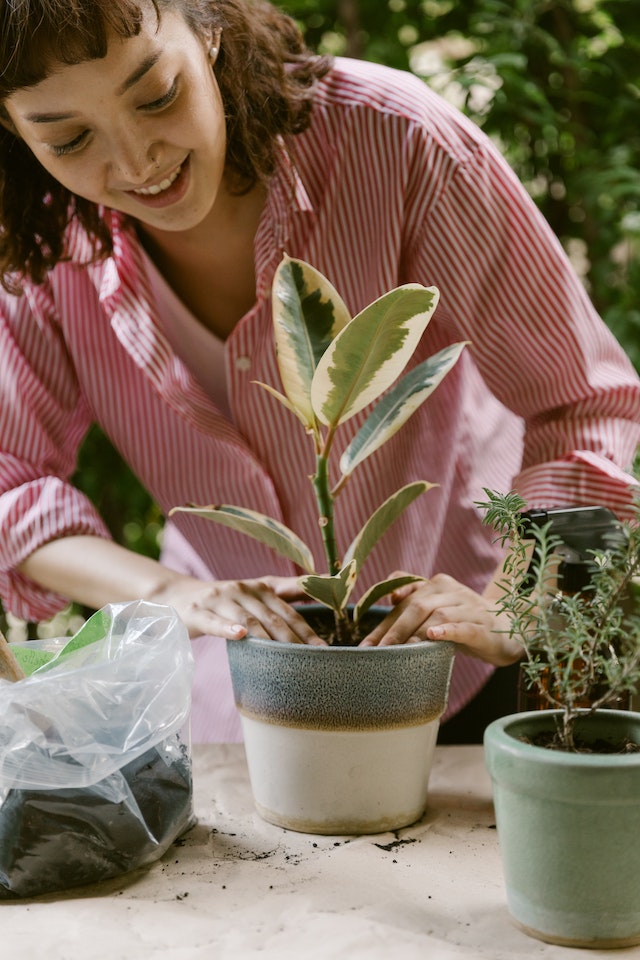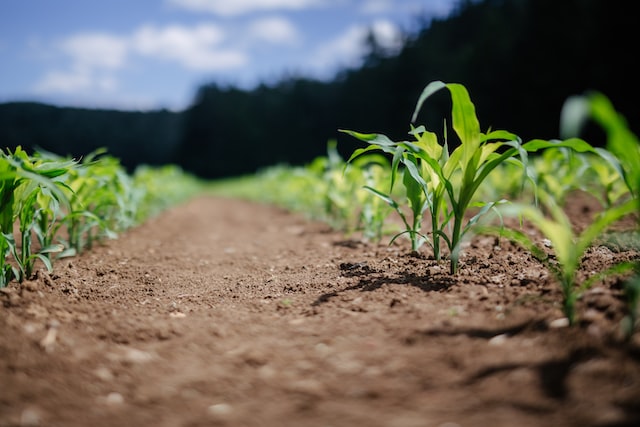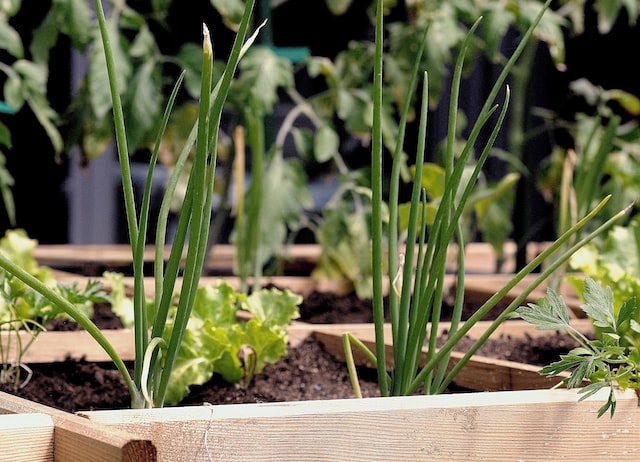If your soil pH is outside the 6.0 to 7.0 range, amending it may be necessary. Based on your soil test results, add lime or sulphur to bring your soil pH as close to 6.8 as possible. Soil nutrients, pH modification, and their interrelatedness are all discussed in detail.
Realize that the pH will change very slowly as these amendments take a long time to break down in the soil. Don’t be surprised if it takes a year or more. A significant change of the pH point or more may require multiple applications over the course of several seasons.
If your soil is in need of phosphorus, add bonemeal or rock phosphate accordingly. All of these nutrients break down and move slowly through the soil, so it is best to add them well ahead of planting. Do not add any synthetic fertilizer or fresh animal manure to the planting site if you are going to plant your tree soon. It can burn young, developing roots. If you have planned ahead sufficiently and are growing a green manure for a season, you can add composted animal manure or synthetic fertilizers during that time, as needed. Your soil test results will usually recommend how much you need. Prior to planting, spade or rototill in the growing green manure so that a loose bed of soil is ready for the planting hole.
